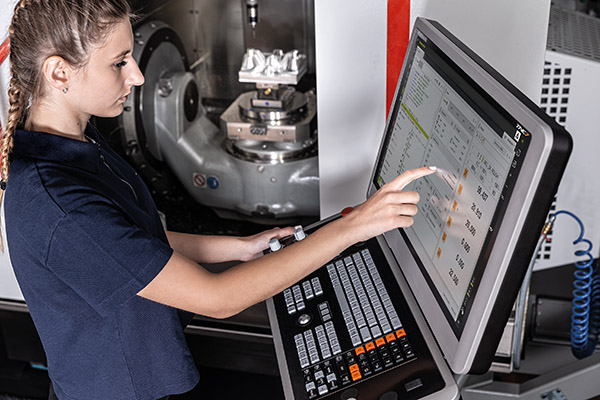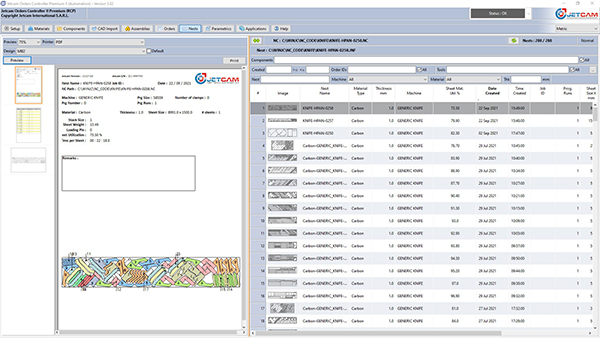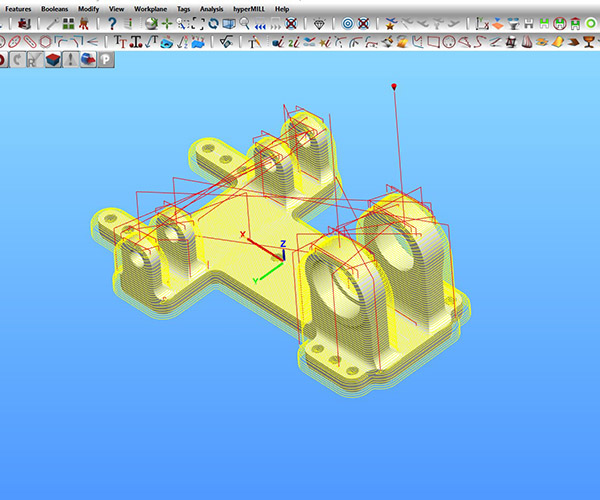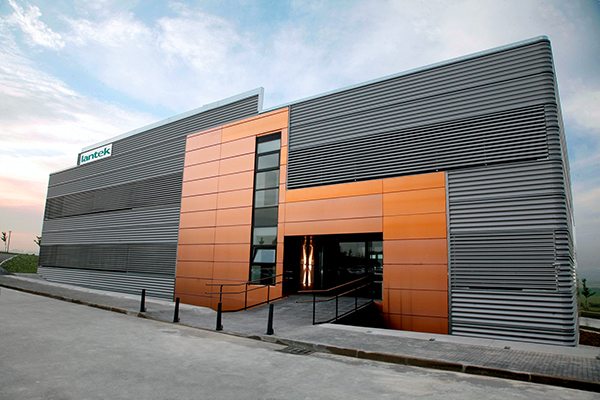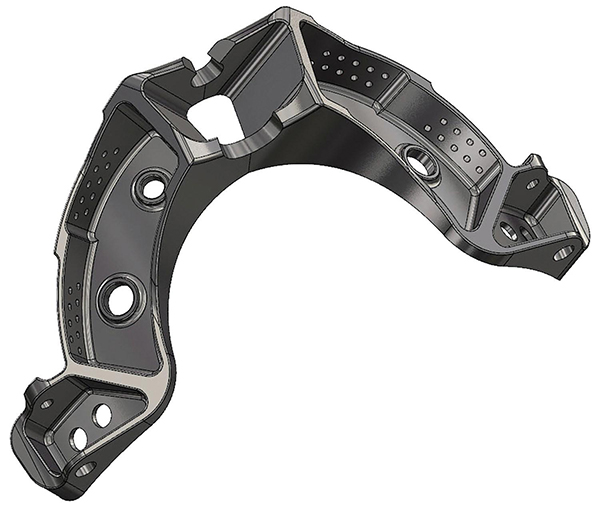
Heidenhain says that its new TNC7 CNC supports users from initial design to final machining, from one-off jobs to serial production, and from simple slotting to complex contours. Notably, the control platform lets machine manufacturers adapt the user interface to their machines and offers dynamic development potential for even greater functionality.
The TNC7 will be the basis of future control generations from Heidenhain. Beyond its new look and feel, the control features high-quality hardware components and an individually adaptable user interface. The interface helps users to achieve the best possible result with maximum speed and convenience. Different machining tasks call for individual work environments, which is why users can adapt their screen content through personal favourites, their own home menu for a faster start, and more. As a result, all information and functions are exactly where they need to be.
Based on data entry forms and dialogue guidance, the user interface ensures optimal convenience and navigation aided by a smooth and precise touchscreen. And thanks to its fast operating speed, the control reacts immediately to data input.
The TNC7 enhances familiar Klartext programming with smart functions and newly developed graphical programming. Users are able to draw contours directly on the touchscreen and convert them into dialogue-guided TNC Klartext programming code. Cycles and older contour programs can still be used, including already existing NC programs.
A new, high-performance editor function enables fast and reliable editing of even complex NC programs. Perfect visualisation of the machined part and work envelope make daily work easier, and programs can be simulated at any point without a change in operating mode.
Furthermore, the TNC7 includes the next generation of Dynamic Collision Monitoring (DCM), so users can enjoy complete machine protection thanks to the monitoring of machine elements, tools and clamping devices.
For further information
www.heidenhain.co.uk






